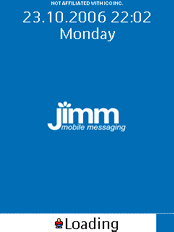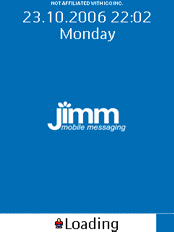Categories: System Utilities, Emulators & Shells
Recommended Apps for Java
-

Soundtracker Radio (Symbian/S40) 10 Mar 13
-

SimCity 8 Feb 17
-

PhoneGap 8 Oct 11
-

Need for Speed Undercover 23 Mar 10





